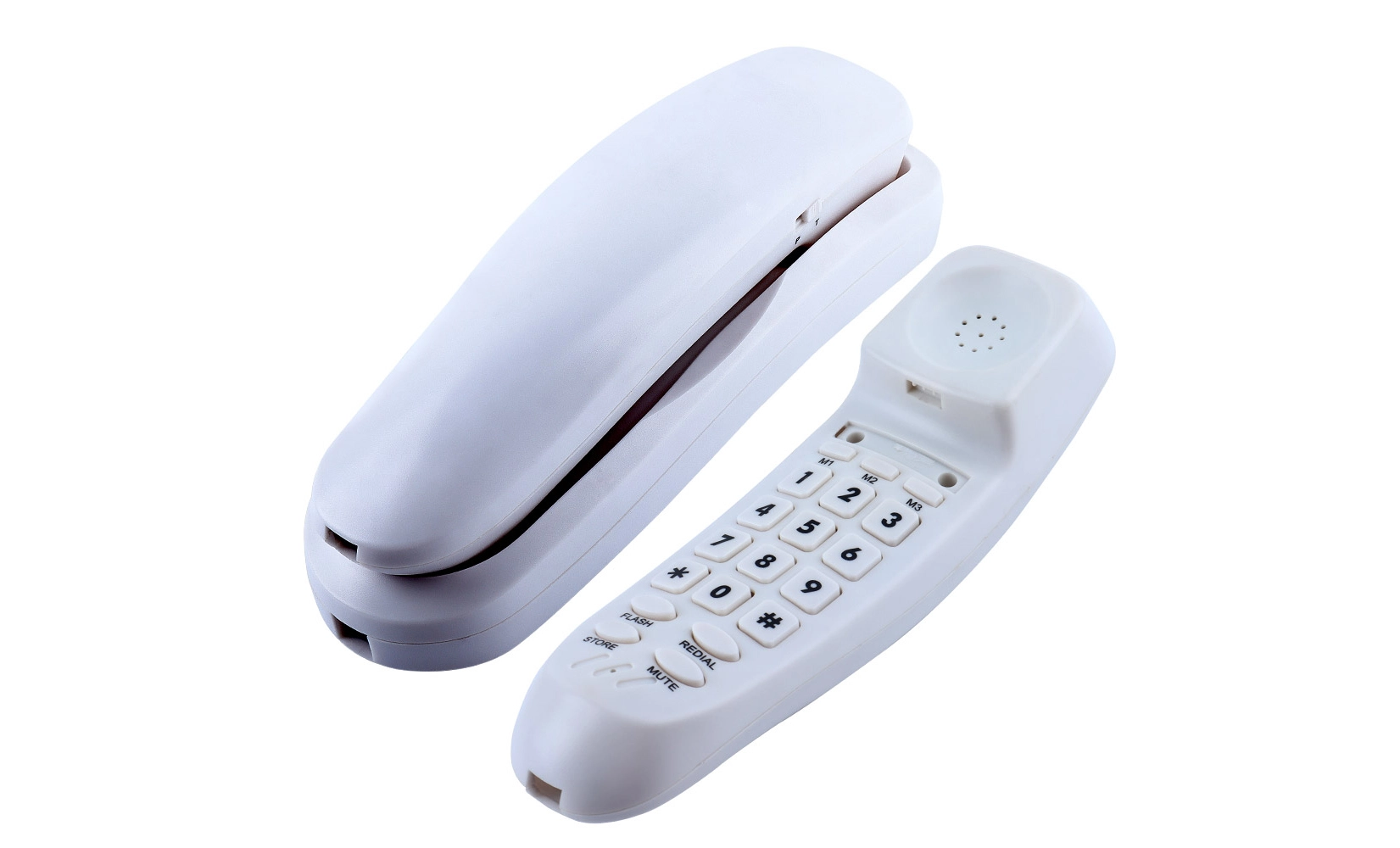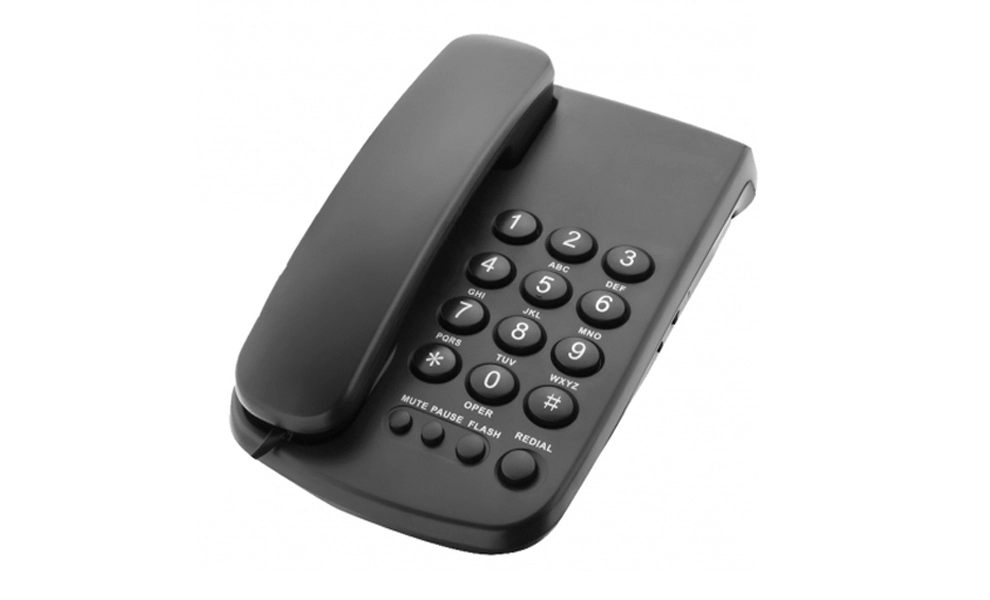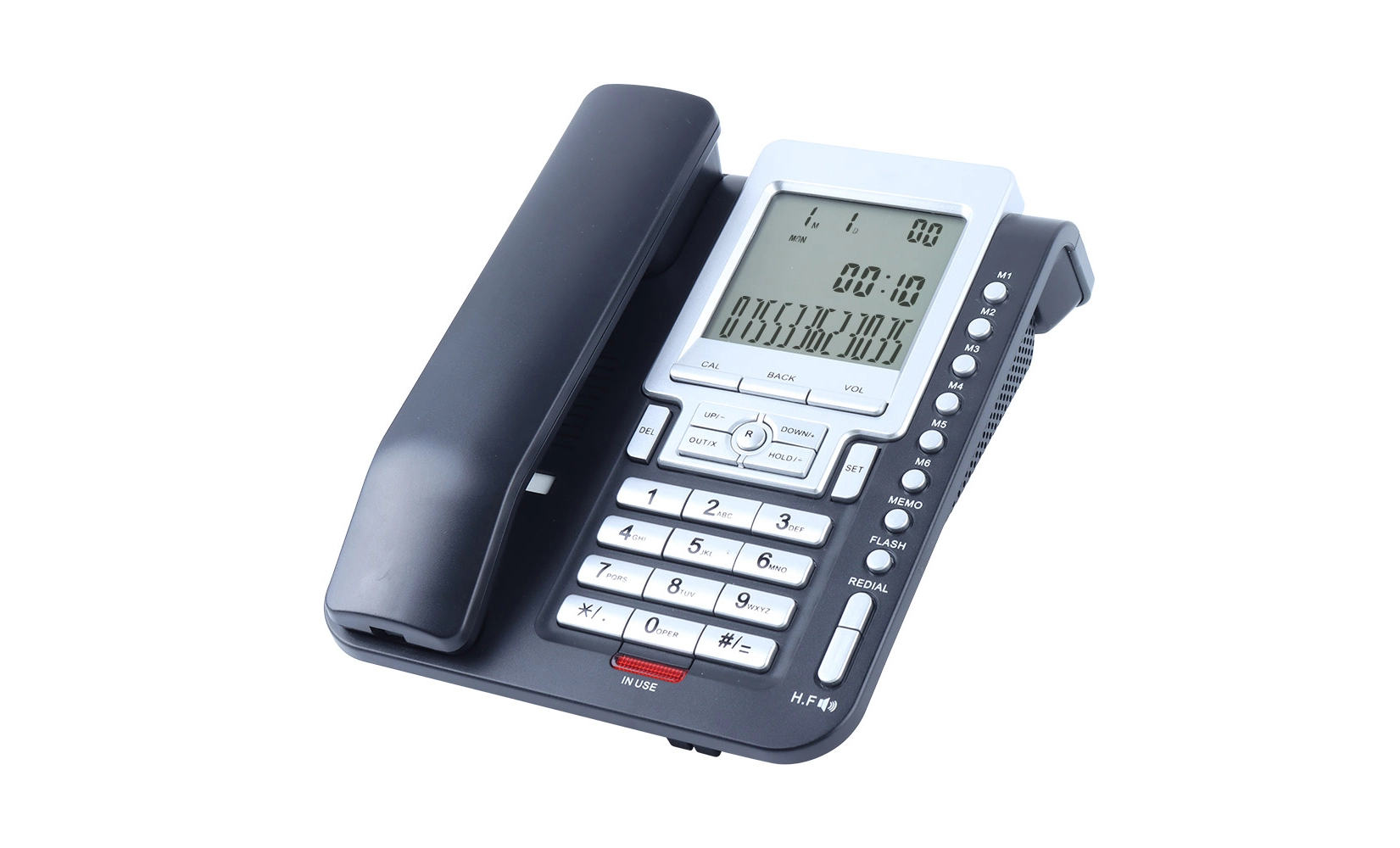A Look Back at the Trimline Telephone’s Role in Everyday Life
The trimline telephone, a revolutionary design that streamlined communication, played a pivotal role in shaping everyday life during the latter half of the 20th century. This sleek, compact device transformed the way people interacted, bringing convenience and style to homes and offices alike. Its innovative design, featuring an integrated dial or keypad in the handset, allowed for unprecedented mobility and ease of use. As we reflect on the trimline's impact, we see how it not only changed the physical landscape of our living spaces but also influenced social norms and communication habits that still resonate in today's digital age.
The Evolution of the Trimline Telephone: From Concept to Household Staple
The Birth of a Design Icon
The trimline telephone emerged as a groundbreaking innovation in the 1960s, marking a significant departure from the bulky rotary phones that had dominated the market. Designed by Henry Dreyfuss for Bell System, the trimline's sleek profile and ergonomic shape were the results of extensive research into human factors and usability. Its most distinctive feature—the dial integrated into the handset—allowed users to dial without setting the handset down, a convenience that seems simple today but was revolutionary at the time.
Technological Advancements and Widespread Adoption
As the trimline telephone gained popularity, it underwent several iterations to keep pace with technological advancements. The initial rotary dial models gave way to push-button versions in the 1970s, aligning with the transition to touch-tone service. This evolution made the trimline even more user-friendly and efficient. The phone's compact size and wall-mounting capabilities made it an attractive option for various settings, from cramped apartment kitchens to spacious corporate offices.
Cultural Impact and Iconic Status
The trimline telephone quickly became more than just a communication device; it was a symbol of modernity and efficiency. Its presence in popular culture, from movies to television shows, cemented its status as an icon of mid-century design. The trimline's influence extended beyond aesthetics, shaping how people thought about and interacted with technology in their daily lives. It paved the way for future innovations in telecommunications, setting a new standard for what consumers expected from their home phones.
The Trimline's Influence on Communication Habits and Social Norms
Changing Patterns of Home Communication
The trimline telephone's portability within the home led to significant changes in communication habits. No longer tethered to a single location, people could carry on conversations while moving from room to room. This newfound freedom altered the dynamics of phone conversations, making them more casual and integrated into other activities. The trimline's presence in multiple rooms of a house also contributed to the notion of privacy in phone calls, as family members could more easily find a quiet spot for personal conversations.
Impact on Business and Professional Communication
In the professional sphere, the trimline telephone's compact design and enhanced functionality made it a favorite in offices. Its sleek appearance complemented modern office aesthetics, while its features, such as the mute button and redial function, improved efficiency in business communications. The trimline's popularity in professional settings further blurred the lines between home and office technology, as people began to expect similar conveniences in both environments.
The Trimline as a Bridge to Mobile Communication
While not mobile in the sense we understand today, the trimline telephone was a crucial step towards the mobile communication era. Its portability within the confines of a building or the length of its cord was a precursor to the complete mobility offered by cell phones. The trimline accustomed users to the idea of carrying their phone with them, setting the stage for the rapid adoption of truly mobile devices in the following decades.
Legacy and Nostalgia: The Trimline Telephone in the Digital Age
Enduring Design Principles
The design principles that made the trimline telephone so successful continue to influence modern communication devices. The emphasis on ergonomics, simplicity, and integration of form and function can be seen in the sleek designs of today's smartphones and smart home devices. The trimline's legacy serves as a reminder of the importance of user-centered design in technology products.
Collectibility and Retro Appeal
As digital technology has supplanted traditional landlines, the trimline telephone has found a new life as a collector's item. Vintage models are sought after for their nostalgic value and as decorative pieces that evoke a sense of mid-century modern aesthetics. This renewed interest speaks to the trimline's enduring impact on design and cultural memory.
Lessons for Future Communication Technologies
The success of the trimline telephone offers valuable lessons for developers of future communication technologies. Its focus on solving real user problems, improving accessibility, and seamlessly integrating into daily life remains relevant. As we continue to innovate in the field of communication, the trimline stands as a testament to the power of thoughtful design and user-centric functionality.
Conclusion
The trimline telephone's role in everyday life was transformative, influencing not just how we communicated, but also how we thought about technology in our homes and workplaces. Its sleek design and innovative features set new standards for telecommunications devices and paved the way for the mobile revolution. As we look back on the trimline's impact, we're reminded of the power of good design to shape human behavior and social norms. In today's fast-paced digital world, the trimline telephone serves as a nostalgic reminder of a simpler time in communication technology, while still offering lessons that remain relevant for future innovations.
Trimline handsets with ringer control and flash options | CHEETA
CHEETA, a professional analog telephone manufacturer based in Shenzhen, brings the legacy of trimline telephones into the modern era. With over 18 years of OEM/ODM expertise, CHEETA specializes in producing high-quality communication devices, including slimline phones that echo the trimline's space-saving design. Their 1,200㎡ facility, staffed by 100+ skilled workers and 10 senior engineers, ensures a daily production capacity of 1,000 analog units.
CHEETA's commitment to quality is evident in their rigorous 11-step inspection process, resulting in a failure rate below 1%. Their products, including trimline-inspired handsets, feature practical layouts, ringer control, and flash options, combining classic functionality with modern reliability. For those seeking customized communication solutions that blend nostalgia with contemporary needs, contact CHEETA at allen@cheeta.com.cn.
References
1. Dreyfuss, H. (1967). "The Measure of Man: Human Factors in Design." Whitney Library of Design.
2. Fischer, C. S. (1992). "America Calling: A Social History of the Telephone to 1940." University of California Press.
3. Mercer, C. (2006). "Telephones: Antique to Modern." Schiffer Publishing Ltd.
4. Pauly, P. J. (2001). "Drawing the Line: How Mason and Dixon Surveyed the Most Famous Border in America." William Morrow.
5. Young, J. H. (1991). "Forbes Greatest Technology Stories: Inspiring Tales of the Entrepreneurs and Inventors Who Revolutionized Modern Business." John Wiley & Sons.

Kindly inform us your interested product and your detailed requirement, so that we can give you a best suggestion.

Shenzhen Cheeta Technology Co., Ltd – Leading Communication Telephone Manufacturer



